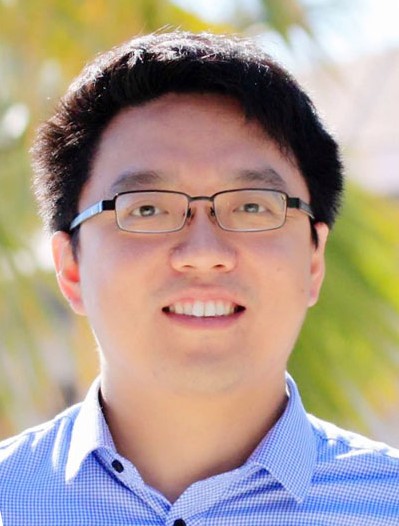使用账号密码登录
Welcome Back
使用表单注册
Welcome Back
Brief Introduction
Dr. Stanley Qi (also Lei S. Qi) is an Assistant Professor in the Department of Bioengineering and Department of Chemical and Systems Biology at Stanford University. He is a core faculty in the multidiscipline Stanford ChEM-H Institute. He obtained B.S. in Physics and Math from Tsinghua University, China, Master in Physics from UC Berkeley, and PhD in Bioengineering from UC Berkeley. During his PhD work at Berkeley, he studied synthetic biology with Adam Arkin, and was the first to explore CRISPR engineering for targeted gene editing and gene regulation with Jennifer Doudna. After PhD, he performed independent research work as a Faculty Fellow at UCSF. He joined Stanford faculty in 2014.
Dr. Qi is one of the early developers and pioneers in the CRISPR technologies. He invented the dCas9 molecule and co-invented the CRISPR interference/activation (CRISPRi/a) technology. He is also a co-inventor of the UC patent on the CRISPR gene editing technology. His work led to a series of useful CRISPR technologies, including CRISPR for gene transcription regulation, epigenetic modification, 3D genome structure organization, live-cell genome imaging, and CRISPR-based synthetic biology. He has won awards including NIH Director’s Early Independence Award, Pew Biomedical Scholar, and Alfred. P. Sloan Fellowship. His current research focuses on CRISPR based gene therapy and cell therapy to treat complex diseases.
Genome engineering and research beyond editing
Synthetic manipulation of the genome is key to understanding the genetic makeup of living organisms, which holds great promise for curing diseases. Despite significant advances of CRISPR technology for gene editing, genome engineering broadly defined, is still in an early stage. We investigated technologies that enable new capacities of engineering the genome beyond editing. To achieve the goal, we developed the nuclease-dead dCas9 system, repurposed from the bacterial Cas9 nuclease. We demonstrated its use for transcription control and epigenetic modifications of the genome and expanded the capability of genome engineering for gene position control in the 3D space of the nucleus. We showed dCas9-mediated system allows real-time live imaging of gene editing and chromosome reorganization consequences. We combined CRISPR tools with synthetic biology and developed genetic devices with multiple input-output (I/O) based on dCas9 regulators and receptor sensors or promoters. We showed cells engineered with I/O devices promote better immunotherapy towards recognition and killing of cancer cells. Novel genome engineering allows gaining unprecedented knowledge of genomics and enriches our approaches for gene therapies.

